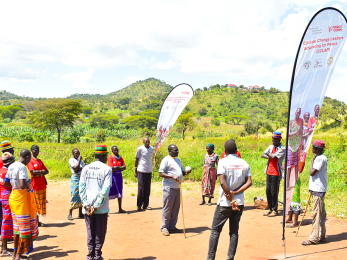Understanding the Links Between Social Cohesion and Violence

Download the brief in English ▸
Download the brief in French ▸
Evidence from the Tillabéri region of Niger
Improving social cohesion has become a cornerstone of violence prevention and peacebuilding programs around the world. Building trust, cooperation, and a sense of shared purpose between historically-divided individuals and groups in society – and between society and the state – is generally desirable within itself. Yet donors, policymakers, and practitioners often focus on these tasks because they see them as essential for mitigating political and social conflict and establishing the foundations for a sustainable peace. While there is a growing push to understand “what works” to strengthen social cohesion, there is limited evidence regarding the actual relationship between social cohesion and violent conflict in different contexts.
To help fill this gap - and test some key assumptions underlying social cohesion programs - this brief presents an analysis of baseline data from Mercy Corps’ USAID-funded Preventing Violent Extremism Actions through increased social cohesion Efforts (PEACE) project, being implemented in the Tillabéri region of Niger. We find that only some dimensions of social cohesion - namely trust and positive intergroup interaction - are associated with propensity towards violence. Moreover, aspects of both vertical (state-society) and horizontal (inter-community) cohesion are linked to reduced support for violence. These findings indicate that peacebuilding programs need to emphasize trust-building around the central issues driving social tensions; prioritize the quality, not the quantity, of interactions between communities; and focus on improving government-society relations in addition to inter-group relations.

